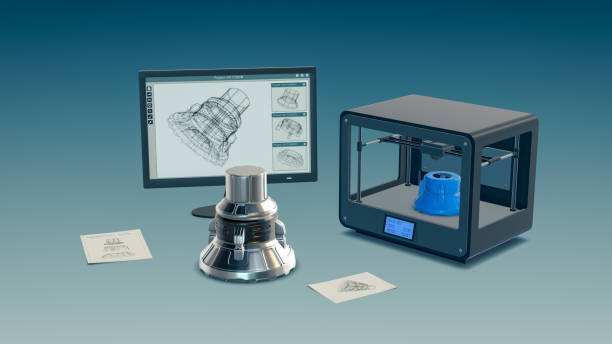Miniatures 3D printing has gained immense popularity among hobbyists, tabletop gamers, and collectors. With the right approach, you can create detailed and unique miniatures that stand out. This miniatures 3D printing guide will help you choose the right equipment, prepare files, and follow best practices for printing high-quality models.

Why Follow a Miniatures 3D Printing Guide?
Creating miniatures requires precision and attention to detail. Following a reliable guide ensures you achieve smooth, accurate presidenttoto prints with fewer issues. A step-by-step guide helps you:
- Choose the right 3D printer for miniatures
- Prepare files for better printing results
- Avoid common printing problems
- Post-process models for a professional finish
By following this guide, you can elevate your 3D printing skills and create impressive miniatures with ease.
Choosing the Right Printer for Miniature 3D Printing
The first step in miniature printing is selecting muliatoto the right 3D printer. There are two main types of printers to consider:
1. Resin Printers (SLA/DLP)
- Best for: Highly detailed miniatures with smooth surfaces
- Pros: Produces high-resolution prints, ideal for small models
- Cons: Requires more post-processing (cleaning and curing)
2. FDM Printers
- Best for: Larger models or less intricate designs
- Pros: Affordable and widely available
- Cons: May struggle with fine details
For miniatures, resin printers are often the better choice due to their ability to capture intricate details. However, FDM printers can mastertoto still produce great results with the right settings.
Preparing Miniatures 3D Printing Files for Best Results
Before printing, it’s essential to prepare your STL files using slicing software. This step ensures your printer has the correct instructions to produce accurate miniatures.
Steps to Prepare Files:
- Import the STL File: Load your miniature design into slicing software like Cura, PrusaSlicer, or Lychee.
- Check the Scale: Ensure the miniature is properly scaled to fit your project.
- Add Supports: Use supports to prevent overhangs from failing during printing.
- Optimize Layer Height: Choose a low capitaltoto layer height (0.05mm to 0.1mm) for better detail.
Tips:
- Avoid excessive supports to prevent damage to delicate parts.
- Use a brim or raft to improve bed adhesion.
Printing Miniatures: Best Practices
Achieving high-quality prints requires the right printer settings. Here are some best practices to follow:
Recommended Printer Settings:
- Layer Height: Use a lower layer height for more detailed prints.
- Print Speed: Reduce print speed to minimize errors.
- Temperature Control: Set the appropriate temperature for your material.
Troubleshooting Common Issues:
- Warping: Ensure the print bed is level and use adhesive if needed.
- Layer Lines: Use a lower layer height and post-process your prints to reduce visible lines.
- Failed Supports: Adjust support settings in your slicing software to improve stability.
Post-Processing Tips for Miniatures
Post-processing is a crucial step in achieving a professional finish for your miniatures. Here are the key steps:
Steps for Post-Processing:
- Cleaning: Remove excess resin or filament after printing.
- Curing: For resin prints, use UV light to cure the model and harden the material.
- Sanding: Smooth out rough edges and layer lines using fine-grit sandpaper.
- Painting: Apply primer before painting your miniature to ensure better paint adhesion.
Painting Tips:
- Use fine brushes for detailed areas.
- Apply multiple thin layers of paint for a smooth finish.
- Add shading and highlights to enhance your miniature’s appearance.
Why R3DMakers Is Your Go-To Source for Miniatures 3D Printing Files
R3DMakers provides high-quality STL files specifically designed for miniature printing. Their files are optimized to ensure precision and detail, making them ideal for hobbyists and collectors.
What Makes R3DMakers Unique?
- Premium STL Files: High-resolution files that capture intricate details.
- Customizable Designs: Modify files to suit your project needs.
- Local Expertise: R3DMakers offers reliable customer support for Malaysian hobbyists.
By using R3DMakers’ STL files, you can save time and achieve better results in your miniature printing projects.
Conclusion
Following a reliable miniatures 3D printing guide is essential for achieving detailed and professional-quality prints. By selecting the right printer, preparing your files, and following best practices, you can create impressive miniatures with ease. Explore R3DMakers for premium STL files and start your 3D printing journey with confidence.
